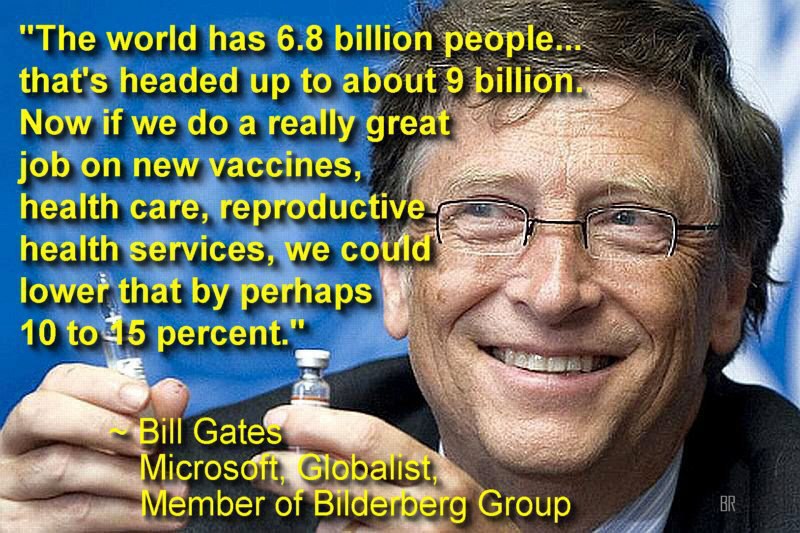Is population growth of India a demographic dividend or burden
Do you all know that 11th July is celebrated as World Population Day every year.
The Reverend Thomas Robert Malthuswas an English cleric and scholar, influential in the fields of political Economy – more so, on demography. He became prominent for his theories about change in population. His scholarly work on “The Principles of Population” observed that sooner or later population will be tartan by natural disasters such as famine, maladies, leading to what is known as a Malthusian catastrophe. He wrote contrasting views in the 18th century in Europe, opposing the popular view that saw a perfect society as improving in all parameters of development. He expressed his thoughts on the dangers of population growth which prohibited progress towards a utopian society. He said that the power of population is indefinitely greater than the power in the earth to produce survival for man. The earth cannot be overburdened with human beings.
 Malthus had argued that population growth, if left unchecked, can easily go beyond limited resources of the nature and create widespread conflicts. His theory had greatly impacted thinkers and sociologists in the Western capitalistic societies and even shaped the international politics after the Second World War. The Malthusian theory is profound and stands true even after 2 centuries.
Malthus had argued that population growth, if left unchecked, can easily go beyond limited resources of the nature and create widespread conflicts. His theory had greatly impacted thinkers and sociologists in the Western capitalistic societies and even shaped the international politics after the Second World War. The Malthusian theory is profound and stands true even after 2 centuries.
 India’s population in 2014 is 1,270,272,105 (1.27 billion). We are the second most populous country in the world, while China is on the top with over 1,360,044,605 (1.36 billion) people. The figures show that India represents almost 17.31% of the world’s population, which means one out of six people on this planet live in India. India is all set to take the number one position by 2030 with population growth rate at 1.58%.
India’s population in 2014 is 1,270,272,105 (1.27 billion). We are the second most populous country in the world, while China is on the top with over 1,360,044,605 (1.36 billion) people. The figures show that India represents almost 17.31% of the world’s population, which means one out of six people on this planet live in India. India is all set to take the number one position by 2030 with population growth rate at 1.58%.
Every year, India adds more people than any other nation in the world, and in fact the individual population of some of its states is equal to the total population of many countries. For example, Population of Uttar Pradesh (state in India) almost equals to the population of Brazil.
Leaving aside immigration from neighboring countries, the current annual population growth rate is about 1.4 percent; five decades ago it was 3 percent. The current population growth can be attributed to 2 major causes: poor access to contraceptives and early marriages resulting in early pregnancies, not only in rural but urban areas also. Some other reasons for India’s rapidlygrowing population are poverty, illiteracy, high fertility rate, rapid decline in death rates or mortality rates and immigration from Bangladesh and Nepal. All said and done the figures are becoming alarming. Also, thanks to science and medicine, the human life spans are growing.
Over populated families which cannot sustain only on agriculture in rural areas cause migratory movements from rural areas to the more developed areas in the country. People move to the new areas mostly for escaping unemployment and for making a better living, causing our budding cities and metros overburdened for civic amenities.
 We need to know what population momentum is: It refers to population growth at the national level that would occur even if levels of childbearing immediately declined to stand-in level. For countries with above-replacement fertility (greater than 2.1 children per woman), population momentum represents natural increase in the population. And, can we control the population momentum? India has missed almost all its targets to bring the rate of population growth under control, China’s ‘One Child Policy’ in 1978, has brought tremendous results for the latter. The policy claims to have prevented between 250 and 300 million births from 1978 to 2000 and 400 million births from 1979 to 2010. Where are we? Are we ready to take such drastic actions? We need them immediately.
We need to know what population momentum is: It refers to population growth at the national level that would occur even if levels of childbearing immediately declined to stand-in level. For countries with above-replacement fertility (greater than 2.1 children per woman), population momentum represents natural increase in the population. And, can we control the population momentum? India has missed almost all its targets to bring the rate of population growth under control, China’s ‘One Child Policy’ in 1978, has brought tremendous results for the latter. The policy claims to have prevented between 250 and 300 million births from 1978 to 2000 and 400 million births from 1979 to 2010. Where are we? Are we ready to take such drastic actions? We need them immediately.
Insensitively, we have made our population figure a trump card in the world as resourceful labor availability. But, what standard of labor are we creating in our country? India can create jobs in the scale required on a sustained basis only with changes in its policy frameworks for education and workforce management. Our education standards need drastic changes. If the current trends in India’s labor participation and unemployment rate continues, about 423 million working age population in India will be unemployed by 2030. Since the job market is biased towards high-skill labor; the creation of jobs for low-skill labor, who would continue to dominate its workforce, will be a big challenge for India.
 Also, closing the skill gaps of its qualified workforce will be critical, as India depends more on human capital than its peer countries that have a similar level of economic development. Development in India is unequal; all states in the nation are not equally developed. Some of under developed states offer lowest employment opportunities. What are we going to do with an ever swelling workforce in those states? If we keep the young people unemployed, depriving them of dignity of labor, they will go in for all sorts of criminal actions. This scene we are already observing. The mismatch in policies and implementations is getting very vicious; thus creating and sustaining jobs for a swelling workforce looks very blurred picture. The mismatch between demand and supply in job market is ever widening. India liberalized its economy
Also, closing the skill gaps of its qualified workforce will be critical, as India depends more on human capital than its peer countries that have a similar level of economic development. Development in India is unequal; all states in the nation are not equally developed. Some of under developed states offer lowest employment opportunities. What are we going to do with an ever swelling workforce in those states? If we keep the young people unemployed, depriving them of dignity of labor, they will go in for all sorts of criminal actions. This scene we are already observing. The mismatch in policies and implementations is getting very vicious; thus creating and sustaining jobs for a swelling workforce looks very blurred picture. The mismatch between demand and supply in job market is ever widening. India liberalized its economy starting in 1991 after decades of socialism; but failed miserably to reform it’s heavily regulated, rote-learning and very abstract natured education system. We need immediate action on trimming down these glaring facts. We need stern legislative actions; because if we do not create enough jobs, our trump card of demographic dividend may soon turn into demographic burden.
starting in 1991 after decades of socialism; but failed miserably to reform it’s heavily regulated, rote-learning and very abstract natured education system. We need immediate action on trimming down these glaring facts. We need stern legislative actions; because if we do not create enough jobs, our trump card of demographic dividend may soon turn into demographic burden.
Today, on the World Population Day we need to ask ourselves one question – can we give each young man/woman food, clothing and shelter?














































